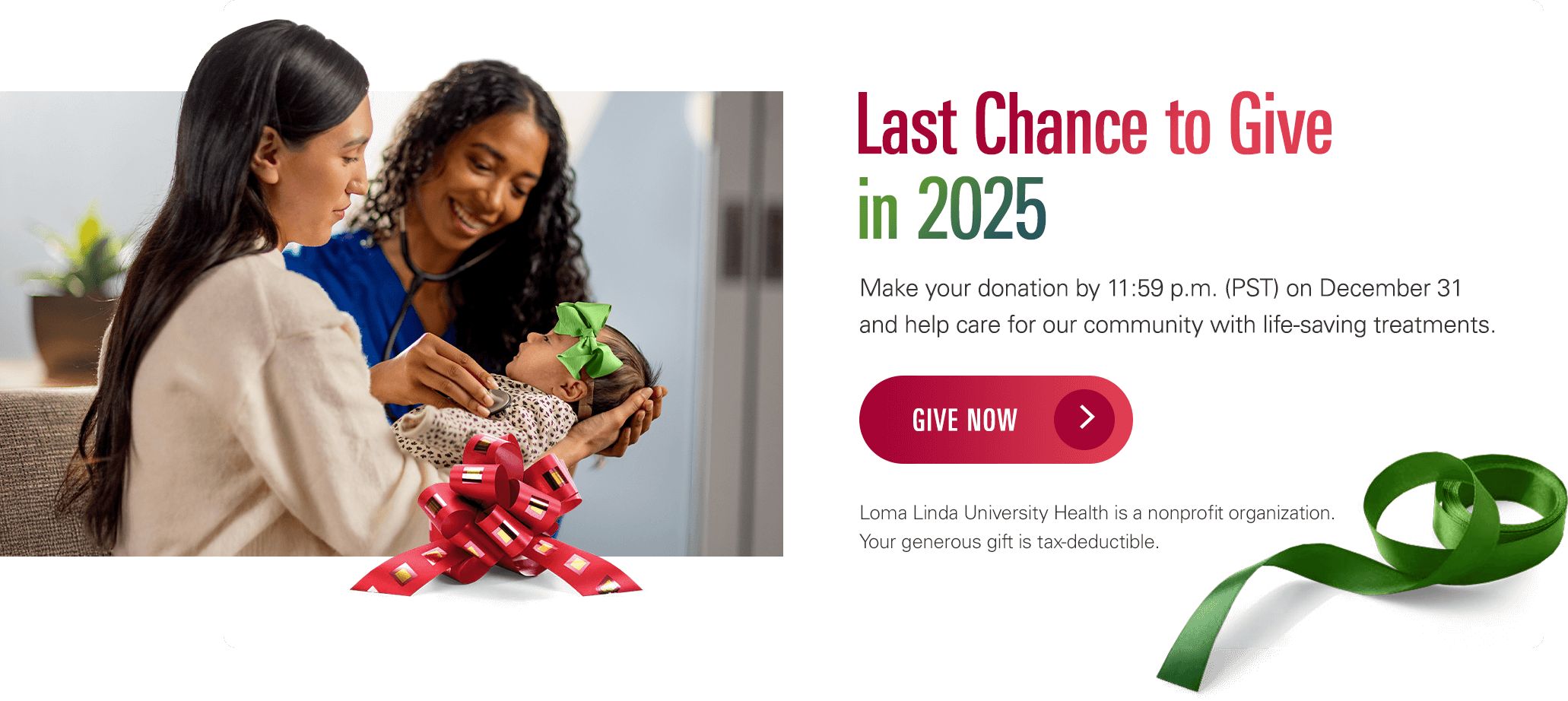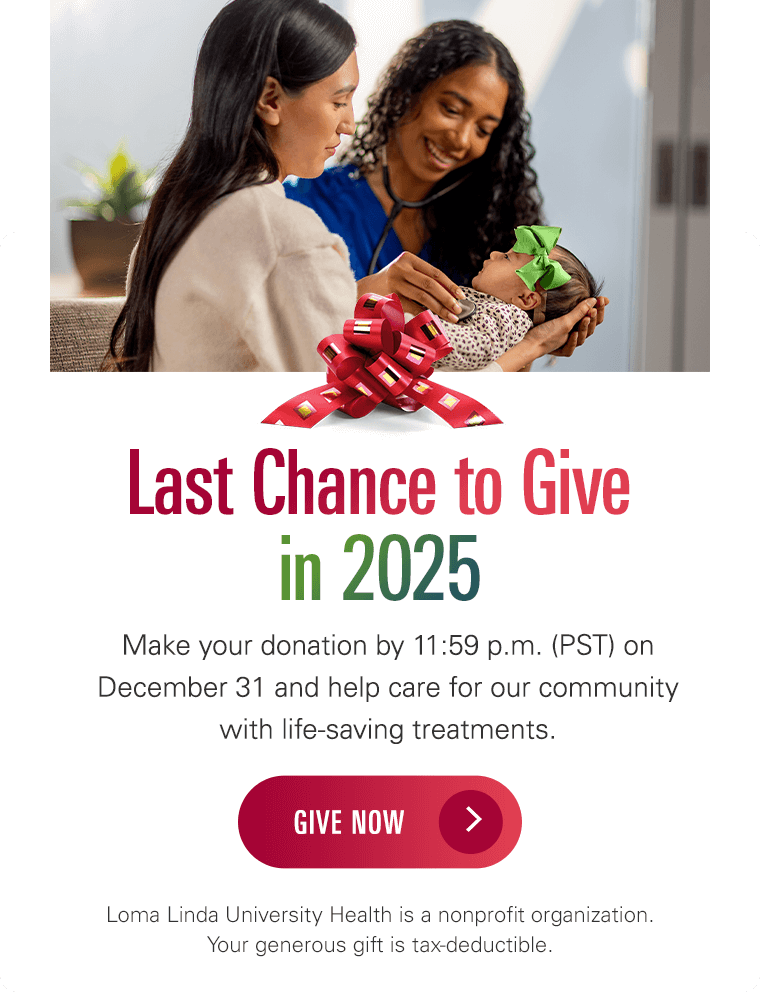Anaphylaxis in Children
What is anaphylaxis in children?
Anaphylaxis is a severe, life-threatening reaction to an allergen. An allergen is something that your child is allergic to. Anaphylaxis is a medical emergency. Your child can have a reaction to an allergen within seconds or as long as an hour after contact.
What causes anaphylaxis in a child?
Anaphylaxis happens when a child comes in contact with an allergen. The kind of allergen may be different for every child. Some of the most common causes include:
- Foods.
- Bee stings.
- Medicines.
- Dyes used for medical tests.
- Allergy shots.
- Latex.
Which children are at risk for anaphylaxis?
Anaphylaxis can happen in people without known risk factors. But the risk is greater if your child has:
- Allergies.
- Asthma.
- A family history of anaphylaxis.
- Had anaphylaxis before.
What are the symptoms of anaphylaxis in a child?
Symptoms most often appear quickly. Anaphylaxis may happen in seconds, minutes, or hours after someone is exposed to an allergen. Symptoms may include:
- Tightness or swelling of the lips, throat, tongue, or uvula. (The uvula is the small, soft pendulum that hangs down in the back of your child's throat.)
- Trouble swallowing.
- Hoarse voice.
- Wheezing or trouble breathing.
- Uneasy feeling or agitation, or a feeling of impending doom.
- Widespread hives.
- Severe itching of the skin.
- Nausea and vomiting.
- Stomach pain.
- Irregular heartbeat.
- Lowered blood pressure.
- Loss of bladder control.
- Dizziness or fainting
- Sudden drooling, unusual sleepiness, fussiness, or crying in infants.
The symptoms of anaphylaxis may look like other health problems. Always talk with your child’s health care provider for a diagnosis.
How is anaphylaxis diagnosed in a child?
A health care provider can often diagnose anaphylaxis based on a health history alone. To make a diagnosis the provider will look at:
- Any known allergies.
- Any exposure to known or possible allergens.
- A description of symptoms.
- A physical exam, including blood pressure.
- Blood test results, in some cases.
How is anaphylaxis treated in a child?
Anaphylaxis is a medical emergency that needs to be treated right away. Your child will get a dose of epinephrine. This will help stop the bad reaction caused by the allergen. A dose of epinephrine should be given right after the exposure. Epinephrine can help stop or reverse the allergic reaction.
Always keep 2 doses of epinephrine with your child. Sometimes your child will need 2 doses of epinephrine for more severe anaphylactic reactions. Your child may need a second dose of epinephrine 5 to 15 minutes after the first dose. This is needed if their symptoms are worse or not getting better. Talk with your child's provider about when to use epinephrine and when your child needs a second dose. The provider or their staff can teach you how to use epinephrine.
After treatment with epinephrine, call 911 or take your child to the nearest emergency room. Your child's provider may have other directions on what to do. Always give empty epinephrine containers to the health care staff. Your child will need to be watched to make sure that they are not having any further reactions. This is because allergic reactions can sometimes return.
What can I do to prevent anaphylaxis in my child?
The best way to prevent anaphylaxis is to have your child stay away from known allergy triggers or allergens. Seeing an allergist can help you figure out what the trigger was. For certain allergies, there are treatments available to help prevent future allergic reactions. Talk with your child's health care provider about possible treatments.
How can I help my child live with anaphylaxis?
If your child has anaphylaxis, you will want to cut the risk of future episodes. You can do this by figuring out the allergen that triggered the first episode. Then you can stay away from the trigger. Your health care provider may also prescribe epinephrine. They will teach you how to use it. You can give your child a dose quickly if they have an anaphylactic reaction. Have your child wear a medical alert bracelet at all times.
If your child is school-age, work closely with teachers and administrators to educate school staff about your child's allergies. Bring the epinephrine to school yourself, and hand it over to another adult. Don't expect your child to manage the medicine until they can handle the responsibility. Ask your provider how to determine a safe self-carry and self-treatment age for your child. Make sure to complete all needed school forms, including any information that the school needs directly from your provider. Always keep the epinephrine in its original container. The medicine container should include:
-
The child's name.
-
The name of the medicine.
-
Dosage to be taken.
-
Time it should be taken.
-
How it should be given (route of administration).
-
The prescriber's name.
-
Prescription date.
-
Medicine expiration date.
Finally, ask the school's principal or school nurse if your child should have an Individualized Health Plan (IHP). This form identifies what school staff should do in the event of anaphylaxis. Copies can be kept in a secure location in critical school building areas such as the classroom and school health office.
Key points about anaphylaxis in a child
- Anaphylaxis is a severe, life-threatening reaction to an allergen.
- Anaphylaxis is caused by allergies to foods, medicines, bee stings, allergy shots, latex, and other items.
- Symptoms include tightness or swelling of the throat, tongue, or uvula. Other symptoms include trouble breathing, hives, itching, nausea and vomiting, irregular heartbeat, and loss of bladder control.
- Anaphylaxis is a medical emergency. Treatment will likely include epinephrine.
- The best way to prevent anaphylaxis is to stay away from known allergy triggers.
- If your child has had anaphylaxis, you may be prescribed epinephrine. Keep 2 epinephrine doses with your child at all times in case of a future event.
- If your child is school-age, work closely with the school staff to make sure they know what to do if your child has an anaphylactic reaction.
Next steps
Here are some tips to help you get the most from a visit to your health care provider:
- Know the reason for your visit and what you want to happen.
- Before your visit, write down questions you want answered.
- Bring someone with you to help you ask questions and remember what your provider tells you.
- At the visit, write down the name of a new diagnosis and any new medicines, treatments, or tests. Also write down any new instructions your provider gives you.
- Know why a new medicine or treatment is prescribed and how it will help. Also know what the side effects are.
- Ask if your child's condition can be treated in other ways.
- Know why a test or procedure is recommended and what the results could mean.
- Know what to expect if your child does not take the medicine or have the test or procedure.
- If you have a follow-up appointment, write down the date, time, and purpose for that visit.
- Know how you can contact your provider if you have questions.









